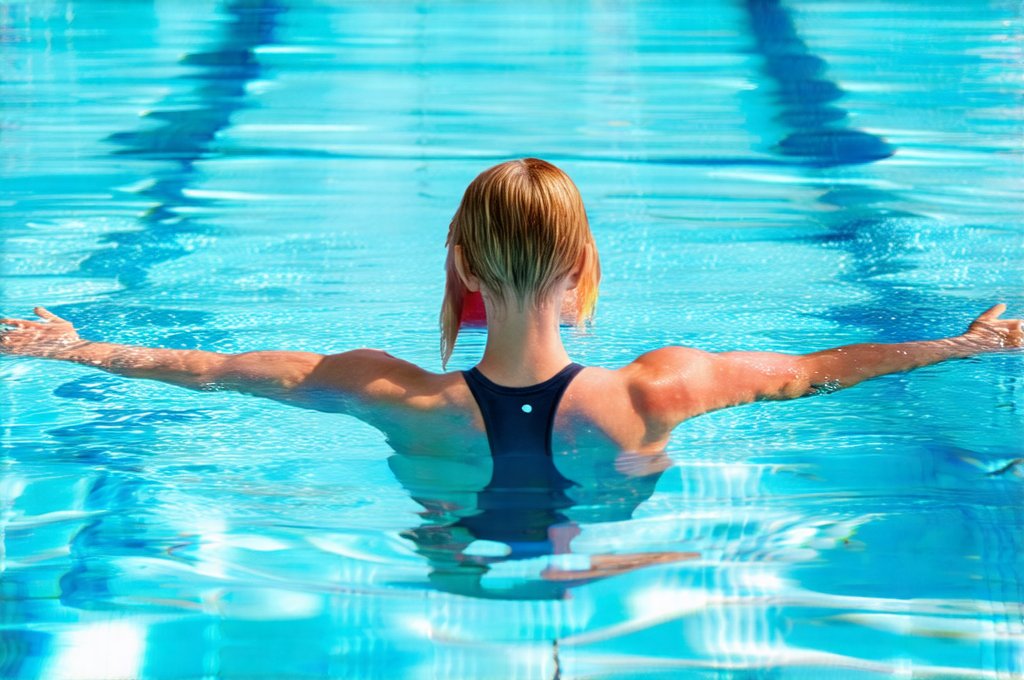Cystitis, an inflammation of the bladder, is a common ailment affecting millions worldwide, predominantly women. Symptoms can range from mild discomfort – frequent urination, burning sensations, lower abdominal pressure – to severe pain that significantly impacts daily life. While often associated with bacterial infections, particularly E. coli, the causes of cystitis are diverse and sometimes unexpected. Many people understandably worry about contracting this uncomfortable condition in public places where hygiene might be questionable, or when engaging in activities involving water exposure like swimming. This leads to a frequently asked question: can you actually get cystitis from swimming pools? Understanding the nuances of both cystitis and the environments where it may develop is key to dispelling myths and offering practical advice for prevention.
The concern stems from the fact that swimming pools, even well-maintained ones, aren’t sterile environments. They contain a complex ecosystem of microorganisms, including bacteria, viruses, and fungi. These microorganisms thrive in warm, moist conditions, making swimming pools potential breeding grounds. However, it’s important to distinguish between contracting cystitis directly from a pool versus the factors that make someone more susceptible to developing it after exposure. The relationship isn’t as straightforward as simply “swimming causes cystitis”. It’s often about pre-existing vulnerabilities and how certain swimming practices can exacerbate risk factors, rather than the pool itself being the sole source of infection.
Understanding Cystitis & Its Causes
Cystitis is broadly categorized into several types, each with different origins. The most common is bacterial cystitis, typically caused by bacteria entering the urinary tract and bladder. As mentioned previously, E. coli is a frequent culprit, often originating from the digestive system. However, other bacteria can also be responsible. Another type is non-infectious cystitis, which isn’t caused by bacterial infection but rather triggered by factors like irritation from soaps, bubble baths, or certain medications. This form is more common in individuals with sensitive bladders. Finally, there’s interstitial cystitis (also known as painful bladder syndrome), a chronic condition of unknown cause characterized by persistent bladder pain and pressure – it isn’t directly linked to swimming pool exposure.
Beyond the type, several factors increase susceptibility to cystitis. These include:
– Female anatomy: Women have shorter urethras than men, making it easier for bacteria to reach the bladder.
– Sexual activity: Sexual intercourse can introduce bacteria into the urethra.
– Menopause: Reduced estrogen levels after menopause can thin the vaginal and urinary tract lining, increasing vulnerability to infection.
– Catheter use: Catheters provide a direct pathway for bacteria to enter the bladder.
– Weakened immune system: A compromised immune system makes it harder to fight off infections.
It’s these underlying vulnerabilities that contribute to the risk of developing cystitis, and swimming can sometimes play a role in exacerbating those risks, rather than being a direct cause. The pool environment itself isn’t necessarily the primary source of infection; it’s often about how exposure interacts with pre-existing factors.
Pool Hygiene & Microbial Risks
While most public swimming pools adhere to strict sanitation standards utilizing chlorine or other disinfectants, maintaining complete sterility is impossible. These disinfectants are effective at killing many harmful microorganisms, but they don’t eliminate them entirely. Furthermore, some microorganisms are more resistant to disinfection than others. Pseudomonas aeruginosa, for example, can form biofilms on pool surfaces, making it harder to eradicate and potentially leading to skin infections or, in rare cases, urinary tract issues if introduced into the urethra.
The level of risk also varies significantly depending on the pool’s maintenance practices. Poorly maintained pools with inadequate chlorination are more likely to harbor harmful bacteria. Factors such as water circulation, filtration effectiveness, and swimmer load all influence microbial levels. Moreover, even in well-maintained pools, there’s a risk from swimmers themselves – individuals can introduce contaminants into the water through sweat, urine, or fecal matter. This is why it’s crucial for everyone to practice good hygiene around swimming pools, including showering before entering and avoiding urination in the water.
Reducing Risk: Pre & Post-Swim Practices
A proactive approach to minimizing cystitis risk while enjoying swimming involves both pre- and post-swim practices. Before entering the pool:
1. Shower thoroughly: This removes bacteria from your skin that could potentially enter the urethra. Use soap and water, paying attention to the genital area.
2. Use the restroom: Emptying your bladder before swimming helps reduce the risk of bacterial contamination during urination in the water.
3. Consider a barrier method (for women): While not widely practiced, some individuals with recurrent cystitis may consider using a tampon immediately prior to entering the pool to create a physical barrier against bacteria. This should be discussed with a healthcare provider first.
After swimming:
1. Shower again: Rinse off any remaining pool water and potential contaminants. Again, use soap and water, focusing on the genital area.
2. Dry thoroughly: Moisture promotes bacterial growth. Ensure you’re completely dry before getting dressed.
3. Urinate promptly: This helps flush out any bacteria that may have entered the urethra during swimming.
Addressing Common Concerns & Myths
A significant myth surrounding cystitis and swimming is that pool water directly enters the bladder, causing infection. While it’s possible for small amounts of water to enter the urethra, it’s unlikely to travel all the way to the bladder in healthy individuals. The body has natural defense mechanisms – mucociliary clearance and immune responses – that help prevent this. However, those with weakened immune systems or anatomical vulnerabilities may be at a slightly higher risk.
Another common concern is the use of hot tubs. Hot tubs pose a greater risk than swimming pools due to their warmer water temperatures, which promote bacterial growth. Pseudomonas aeruginosa thrives in warm, stagnant water and can cause “hot tub rash” – an itchy skin infection. While not cystitis itself, this infection can increase the risk of introducing bacteria into the urinary tract if hygiene isn’t practiced diligently. It’s important to remember that factors like female anatomy play a role in susceptibility.
When to Seek Medical Attention
It’s vital to differentiate between mild discomfort and symptoms that warrant medical attention. If you experience any of the following after swimming, consult a healthcare professional:
– Severe burning sensation during urination
– Frequent urge to urinate
– Cloudy or bloody urine
– Lower abdominal pain or pressure
– Fever or chills
These symptoms could indicate cystitis or another urinary tract infection requiring treatment. Early diagnosis and treatment are crucial to prevent complications. Remember, self-treating with over-the-counter remedies isn’t advisable; a healthcare provider can accurately diagnose the cause of your symptoms and recommend the appropriate course of action. Understanding if you can get cystitis from overwashing is also important for overall hygiene practices. Finally, it’s worth noting that holding urine too long can contribute to urinary tract issues.





















